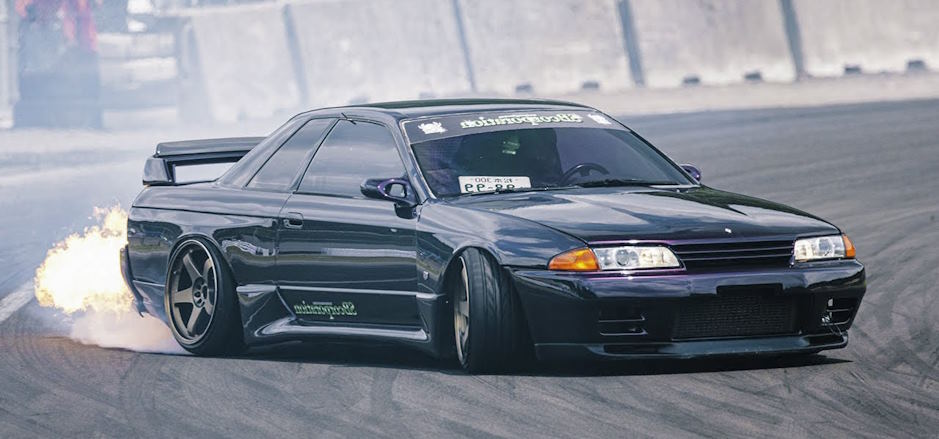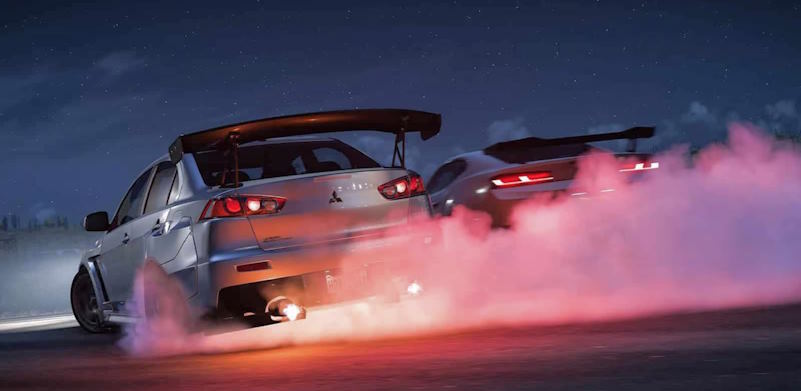In the world of motorsports, there exists a captivating and adrenaline-pumping art form that pushes the boundaries of vehicle control and precision—drifting. Defined by the harmonious dance between man and machine, drifting represents the exquisite balance between control and chaos, where drivers harness the power of their cars to slide gracefully through corners, leaving trails of tire smoke in their wake.
The Basics of Drifting
Drifting isn’t just about pushing the pedal to the metal and hoping for the best; it’s a fine-tuned art that starts with the right car. So, let’s dive into the basics of drifting and discover what you need to get started on your journey to becoming a drift master.
Choosing the Right Car for Drifting
Rear-wheel drive vs. front-wheel drive vs. all-wheel drive: When it comes to drifting, your choice of wheels matters. Rear-wheel-drive (RWD) cars are the darlings of the drifting world due to their inherent balance and power delivery. Front-wheel-drive (FWD) cars are less common but can still be drifted with the right modifications. All-wheel-drive (AWD) cars can drift too, but they require more skill and modifications.

Setting Up Your Car for Drifting
- Suspension Adjustments: Achieving the perfect balance between grip and slip is crucial. Adjusting your suspension to be a bit softer in the rear can help your car rotate smoothly through corners.
- Tires and Tire Pressure: Quality tires with a good amount of grip are essential. Lowering tire pressure in the rear tires slightly can increase traction and make initiating drifts easier.
- Differential Modifications: A limited-slip or welded differential can help distribute power more evenly to the rear wheels, aiding in controlled slides.
Safety Precautions
- Helmets and Safety Gear: Safety should always come first. Invest in a good helmet and wear appropriate safety gear, including gloves and a fire-resistant suit.
- Choosing a Safe Location for Practicing: Find a secure, open area or a racetrack dedicated to drifting. Avoid public roads for your safety and the safety of others.
Drifting Techniques: Mastering the Art of Controlled Chaos
Drifting is all about mastering a variety of techniques that enable you to maintain control of your car while sliding it through corners with precision and style. In this section, we’ll explore some of the fundamental drifting techniques that every aspiring drifter should know.
Handbrake Drift
- Explanation of the Handbrake Technique: The handbrake drift, also known as the e-brake drift, is a classic move that involves using your car’s handbrake to induce oversteer. It’s a quick and effective way to initiate a drift when entering a corner.
- Step-by-Step Guide to Performing a Handbrake Drift: We’ll provide you with a detailed breakdown of how to execute a handbrake drift, from selecting the right moment to pull the handbrake to smoothly transitioning into the slide and maintaining control.

Power Slide Drift
- Explanation of the Power Slide Technique: Power sliding is all about using your car’s engine power to break traction and initiate a drift. This technique relies on throttle control and weight transfer to maintain control throughout the slide.
- Step-by-Step Guide to Performing a Power Slide Drift: Learn how to harness the power of your car to execute a controlled power slide. We’ll walk you through the essential steps, including throttle modulation and steering inputs, to keep your drift on track.
Clutch Kick Drift
- Explanation of the Clutch Kick Technique: The clutch kick is a technique that involves rapidly disengaging and engaging the clutch to unsettle the car’s rear end, initiating a drift. It’s a versatile method that works well for mid-corner corrections and transitions.
- Step-by-Step Guide to Performing a Clutch Kick Drift: Discover the nuances of the clutch kick technique, including when and how to use it effectively to maintain control and finesse your way through corners.
Feint Drift
- Explanation of the Feint Technique: The feint drift is a deceptive move where you initiate a fake turn-in before quickly countersteering in the opposite direction to induce a slide. It’s a valuable technique for transitioning between corners.
- Step-by-Step Guide to Performing a Feint Drift: Learn the art of feinting and how to execute this technique flawlessly, ensuring a seamless transition from one drift to the next.
